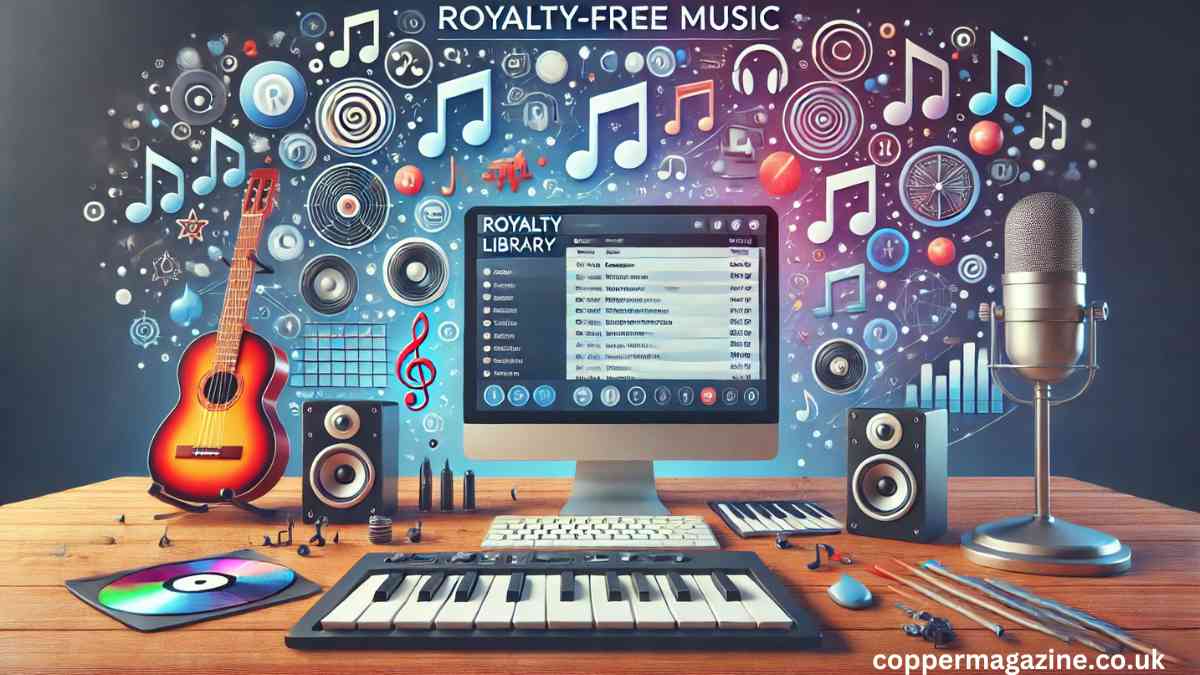What is Royalty Free Music? The Ultimate Guide to Simplifying Your Creative Process
Unveiling the Simplicity of Royalty-Free Music Licensing

In the ever-evolving world of content creation, royalty-free music has become a game-changer. It offers creators a hassle-free solution to use high-quality music legally, without worrying about continuous licensing fees. But what exactly is royalty free music, and why has it become so essential for creators? Let’s dive in.
Understanding What is Royalty Free Music
Royalty-free music is a licensing model that allows individuals or organizations to purchase a single license to use a piece of music without the need to pay ongoing royalties or fees for future uses. This streamlined approach simplifies the legal and financial aspects of incorporating music into projects, whether for videos, podcasts, advertisements, or other forms of media.
Key Characteristics of Royalty-Free Music:
- One-Time Payment: Users pay a single upfront fee for the license.
- Unlimited Usage: The music can be used repeatedly across different projects.
- Legal Security: Ensures compliance with copyright laws without recurring payments.
Why Choose Royalty Free Music?
Content creators, marketers, and businesses often face challenges when sourcing music for their projects. Royalty-free music addresses these challenges with significant benefits:
1. Cost-Effectiveness
Paying a single fee upfront eliminates the financial burden of recurring royalty payments, making it a budget-friendly choice for creators.
2. Creative Freedom
With extensive libraries offering diverse genres and styles, royalty-free music allows creators to find the perfect track that aligns with their vision.
3. Ease of Licensing
Traditional licensing can be complicated, but royalty-free music provides a straightforward and transparent process.
How Does Royalty-Free Differ from Copyright-Free Music?
It’s a common misconception that royalty-free music is copyright-free. While royalty-free music requires no additional royalty payments after the license purchase, it is still protected under copyright laws. Copyright-free music, on the other hand, is not owned by anyone and resides in the public domain, making it freely usable without any restrictions.
Where is Royalty Free Music Used?
Royalty free music is versatile and widely used in:
- YouTube Videos: Enhancing the mood and engagement of visual content.
- Podcasts: Providing an audio signature that resonates with listeners.
- Commercials: Setting the tone for advertisements and promotional campaigns.
- Films and Documentaries: Adding depth and emotion to storytelling.
- Video Games: Creating immersive gaming experiences with background scores.
Types of Royalty-Free Licenses
Understanding the types of licenses available is crucial for selecting the right one for your needs:
1. Standard License
This license covers personal projects or small-scale commercial use.
2. Extended License
Ideal for larger commercial projects, extended licenses allow broader usage.
3. Subscription Models
Some platforms offer subscription-based access to royalty-free music libraries, granting unlimited downloads for a fixed monthly or annual fee.
Popular Genres in Royalty-Free Music
Royalty free music caters to a wide range of creative needs, with genres such as:
- Ambient and Chill: Perfect for vlogs and background music.
- Upbeat and Energetic: Ideal for commercials and fitness videos.
- Cinematic and Emotional: Enhancing storytelling in films and documentaries.
Tips for Selecting the Best Royalty-Free Music
Choosing the right track can make or break your project’s impact. Here’s how to select the perfect music:
1. Understand Your Audience
Identify the mood and tone that will resonate with your target audience.
2. Match the Tempo
Ensure the music’s tempo aligns with the pace of your content.
3. Focus on Quality
Opt for high-quality tracks to maintain the professionalism of your project.
Creating a Seamless Workflow with Royalty-Free Music
Incorporating royalty-free music into your projects doesn’t have to be complicated. Follow these steps for a seamless experience:
- Research Reliable Platforms: Look for reputable sources offering extensive libraries.
- Preview and Shortlist: Listen to multiple tracks to find the best fit.
- Purchase the License: Ensure the terms align with your project’s requirements.
- Integrate and Edit: Use editing software to synchronize the music with your content.
The Future of Royalty-Free Music
As the demand for content creation grows, royalty-free music is set to play an even bigger role. Innovations in artificial intelligence and licensing models are expected to make access to high-quality music even more streamlined, empowering creators with greater creative freedom.
Conclusion
Royalty-free music is not just a licensing model; it’s a powerful tool for creators aiming to elevate their projects without the hassle of complex licensing processes. By offering affordability, versatility, and ease of use, it has become an indispensable asset in the modern creator’s toolkit.
Whether you’re a seasoned professional or a budding creator, understanding and leveraging royalty-free music can help you focus on what truly matters: creating impactful and engaging content.



